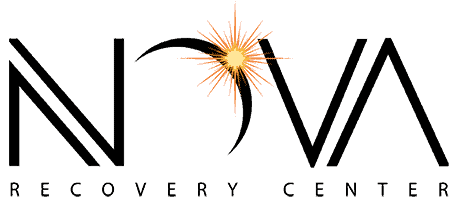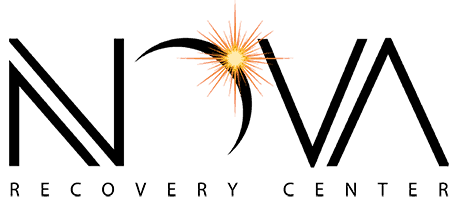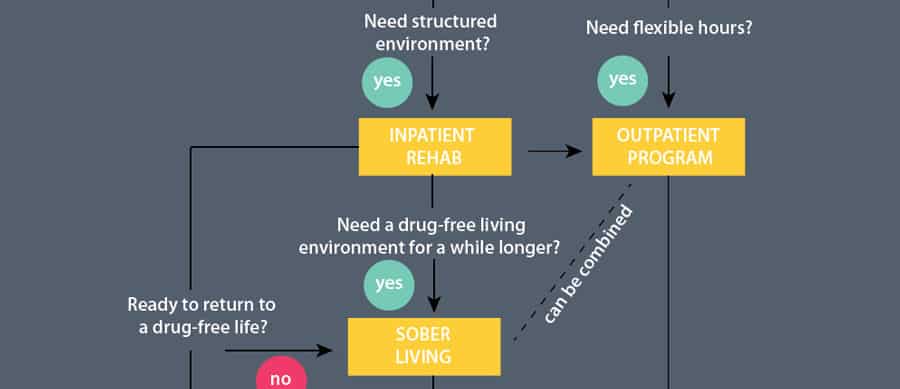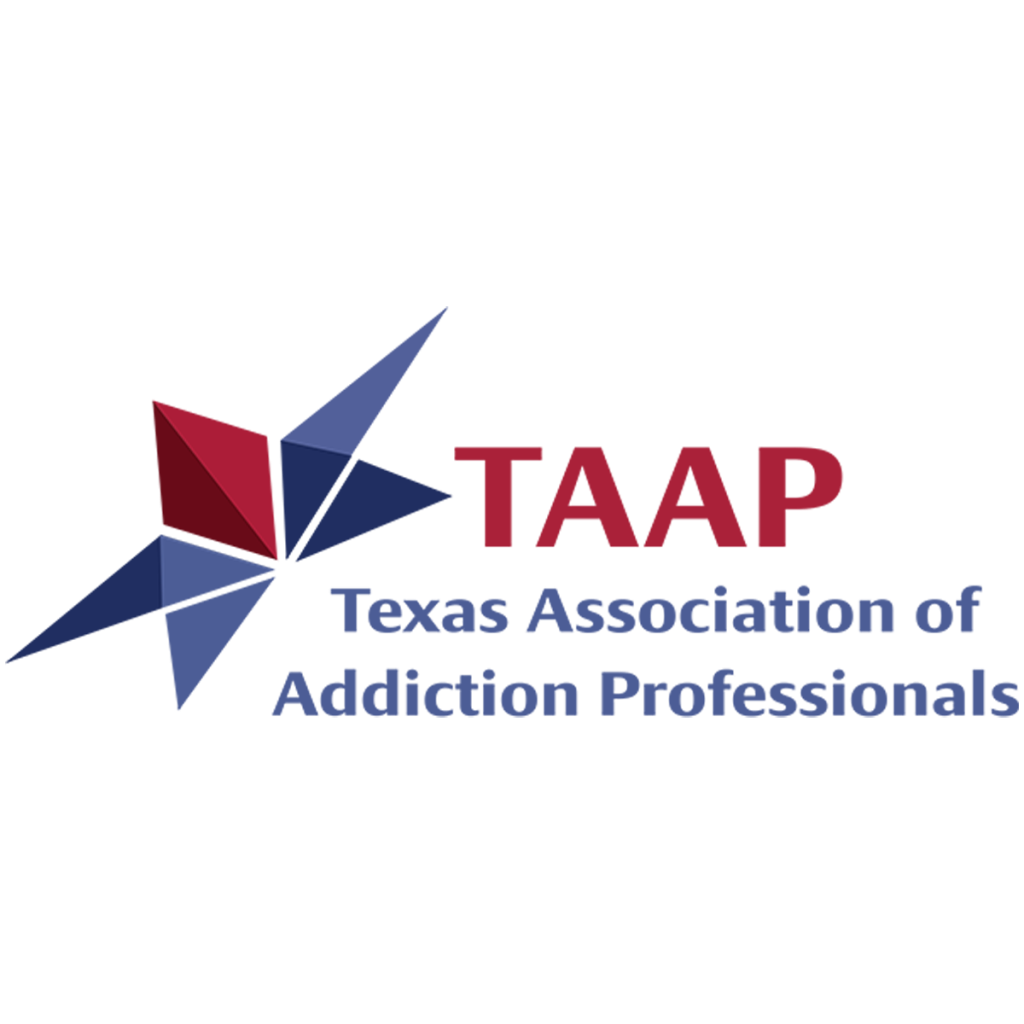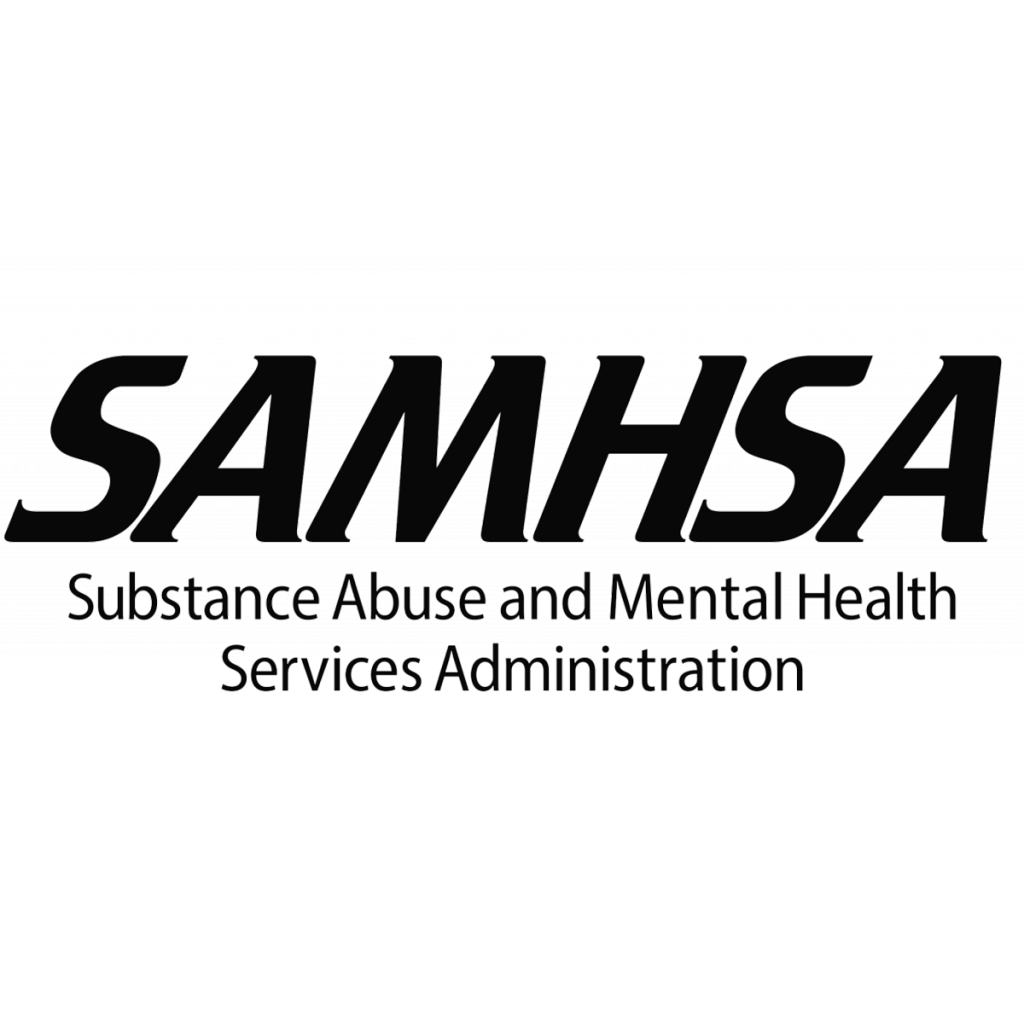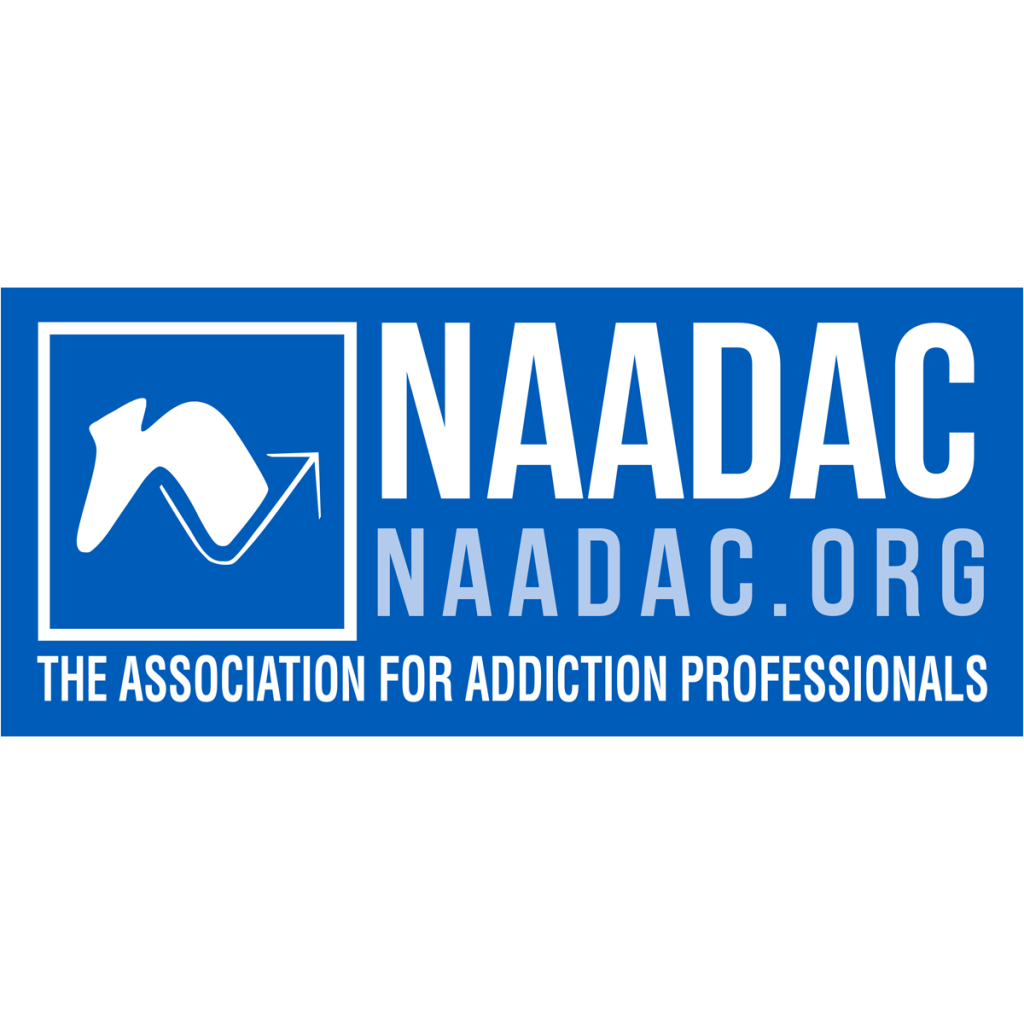The journey from addiction to sobriety is a complex one, with many different winding roads, hills, and valleys, and maybe even a few U-turns along the way too. Giving up drugs and alcohol is a life-changing decision that requires commitment and hard work, and for many, getting started is the hardest part.
Perhaps you’ve been struggling with drug and alcohol abuse for years and you’ve reached the end of your rope. You’re finally ready to get help, but the whole process seems daunting. Where do you even begin? How do you know who to trust and what can you expect from the process?
You’re not alone in these thoughts. Many people have the same struggles when seeking treatment for addiction. Professional guidance through the addiction treatment process can provide much-needed support and direction as you navigate the challenges of addiction recovery. Although no program can guarantee your sobriety, knowing what to look for, what kind of options are out there, and the characteristics of high-quality treatment can help you choose the right program for your individual needs.
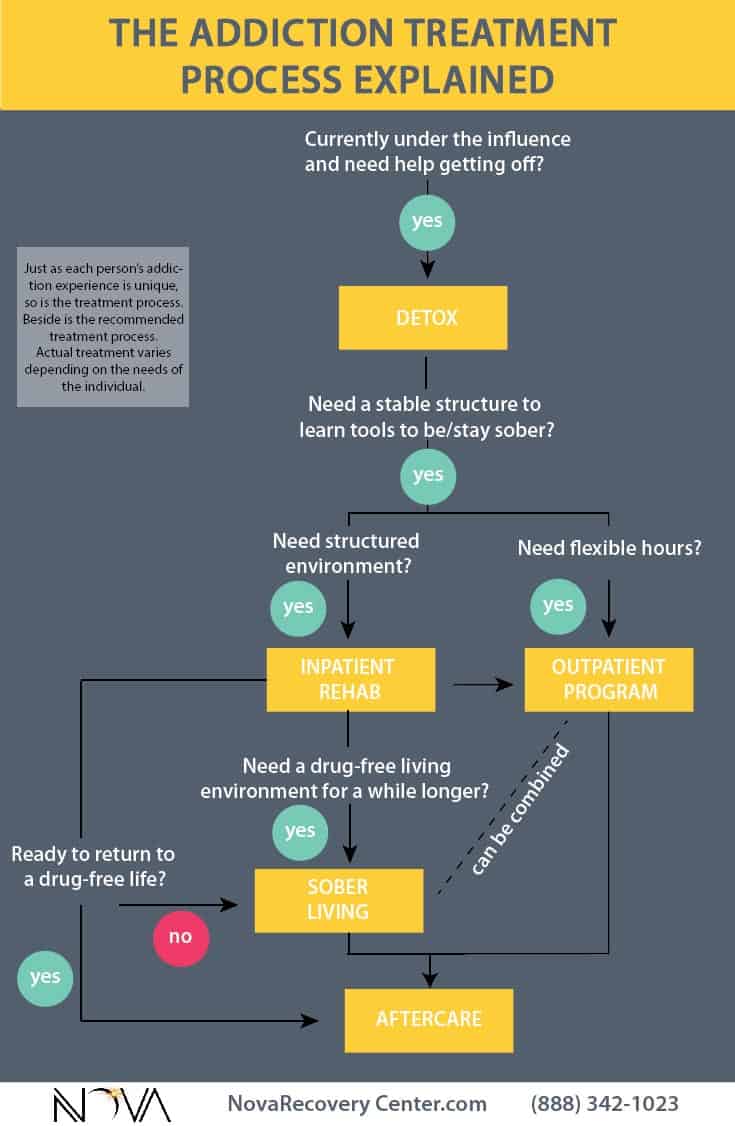
What to Expect During Addiction Treatment
Because addiction is a chronic, relapsing disease, many people struggle to achieve permanent abstinence without professional treatment. Long-term drug use significantly changes the way the brain works, making it nearly impossible for even the most determined person to stop compulsive drug-using behaviors.
What is Addiction Treatment?
Drug and alcohol addiction treatment is a process that is intended to help individuals stop compulsive and damaging drug and alcohol use. Addiction treatment can take place in a variety of different settings, for various durations of time, and may incorporate several different types of therapies and medications, depending on the client’s needs.
The primary goals of addiction treatment are to help clients stop using drugs and/or alcohol and provide the necessary support they need to return to their families, work, and communities as productive, well-functioning citizens. In most cases, multiple episodes of ongoing treatment are needed to achieve these goals.
Is Addiction Treatment Effective?
According to the National Institute on Drug Abuse (NIDA), good treatment outcomes are contingent on adequate treatment length. This means, although each person may need different levels of support in treatment, it’s absolutely essential that they remain in treatment for an adequate amount of time.
The NIDA provides 13 clear principles that outline the basics of effective evidence-based addiction treatment. If you’re seeking treatment to overcome drug and alcohol addiction, these are the main things you should consider.
- Addiction is a complex disease that affects brain function and behavior.
- Treatment should be tailored to the individual needs and problems of each client.
- Treatment should be immediately available and easily accessible.
- Treatment should address all the needs of the client, not just the substance abuse.
- Treatment should be provided for an appropriate length of time.
- Treatment most commonly involves behavioral therapy.
- For many clients, medication is also an important part of the treatment process.
- Treatment plans should be assessed and modified on a regular basis.
- Treatment should address co-occurring disorders such as anxiety or depression.
- Although drug detox is an essential and important part of the treatment process, detox alone will do little to permanently curb addictive habits.
- Treatment can still be effective if clients don’t voluntarily seek it.
- Lapses during treatment are common, so clients’ drug use should be continually monitored.
- Treatment should provide testing for infectious diseases and connect clients with medical treatment, if necessary.1
Just as every person’s experience with addiction is unique, so is the treatment process. Below is a comprehensive outline of the addiction treatment process. However, it’s important to remember that the addiction treatment process can vary greatly depending on your individual needs and circumstances.
Finding the Right Type of Addiction Treatment for Yourself or a Loved One
Finding the right treatment and appropriate care for your needs is essential to lasting recovery. If you’re unsure how to find the right treatment program, here are five simple steps that may help you find and choose a high-quality program:
- Do your research.
- Ask the right questions. (Does the treatment program align with the 13 principles of effective treatment listed above?)
- Determine whether residential or outpatient treatment is right for you.
- Consider the location of the treatment center. (Do you prefer to be close or far from home?)
- Make a personal visit (if possible).
For more detailed information on how to choose a rehab center, read our blog: 5 Essential Tips to Finding the Right Treatment Program.
If you are planning to host an intervention for a friend or loved one, you may also want to follow these five steps to find adequate treatment options for the addicted person. Offering treatment options is also an important part of writing an intervention letter and may help your loved one make the decision to enroll in treatment immediately.
Additional factors to consider when seeking an addiction treatment program may include:
- Cost
- Staff qualifications
- Reviews from prior clients
- Recovery services offered
- Accreditation
Step #1: Admissions and Enrollment into an Addiction Treatment Program

The intake process is the first active step to beginning your addiction treatment journey. This typically involves completing the admissions process and officially enrolling in a program.
During the admissions process at Nova, you will be prompted to answer a series of questions about yourself, your drug and alcohol abuse, and your current circumstances. We do this so we can make sure our treatment program is right for you. If we believe another treatment program would be more beneficial, we will provide a referral.
You will also speak with an admissions coordinator about the cost of your treatment and available payment options. Although you may pay out-of-pocket, other payment options are available and include financed loans or Employee Assistance Programs. If you have health insurance, you may choose to use your benefits to cover some of the cost of treatment, such as:
- Aetna insurance benefits for addiction treatment
- Beacon/ValueOptions insurance benefits for addiction treatment
- Cigna insurance benefits for addiction treatment
- UnitedHealthcare insurance benefits for addiction treatment
If you have health insurance, an admissions coordinator can help you determine how much your benefits will cover with a quick verification. The verification is completely confidential, free, and can be completed online or over the phone in just a few minutes.
Once you are enrolled, our admissions team will provide you with all the information you need to get started.
Step #2: Drug and Alcohol Detox

Most people need to complete drug and alcohol detox before they can start rehab. The detox process helps the body rid itself of harmful toxins left behind by drugs and begin to heal. Medical detox also manages acute withdrawal symptoms with medication-assisted treatment.
Detox is a very important part of the treatment process because you must overcome the physical challenges of addiction (such as withdrawal) before you can tackle the psychological and behavioral ones.
When you suddenly stop abusing alcohol or drugs, your body goes through something called withdrawal. Withdrawal is a series of physical and psychological symptoms that occur when your body is suddenly deprived of the drugs it grew dependent on.
Common Withdrawal Symptoms
Withdrawal symptoms will vary based on your drug(s) of abuse. The severity will also be vastly different from person to person and will depend on your body composition, the drug you are abusing, how long you’ve been abusing the drug, and if you are abusing more than one substance simultaneously.
Common withdrawal symptoms include:2
| Diarrhea Nausea Vomiting Abdominal cramping Fatigue Difficulty breathing |
Panic attacks Restlessness Irritability Lack of appetite Insomnia Difficulty concentrating |
Headaches Dizziness Anxiety Heart palpitations Racing heartbeat Shakiness |
Muscle tension/aches Twitching Sweating Runny nose Hallucinations Stroke |
Medications Used to Manage Withdrawal Symptoms
One of the primary functions of medical detox is to manage withdrawal symptoms with medication so the experience is more comfortable. This also helps prevent relapse, as many people who experience drug and alcohol withdrawal will return to their drug use to relieve the discomfort.
There are several different medications that are used to treat withdrawal symptoms, but these are some of the most common.3
- Buprenorphine – This medicine is a partial opioid agonist that is used to treat opioid withdrawal and addiction.4
- Methadone – This medicine is a full opioid agonist that is used to help prevent opioid withdrawal symptoms and reduce cravings. However, it also has the potential for abuse.
- Naltrexone – This medication is an opioid antagonist that is used to prevent relapse by blocking the effects of opioid drugs in the brain.
- Suboxone – This medication is a combination of the medications buprenorphine and naloxone and it is very effective in reducing artificial opiate cravings, although it has also been used to treat heroin addiction.
Safe and Comfortable Detox is Key
Withdrawal can be very uncomfortable and may even be life-threatening in some cases. Medical detox (unlike at-home detox or detox in a hospital) provides detox that is both safe and comfortable. As a client, you’ll receive 24/7 medical care, individual and group therapy, and a semi-private room in a comfortable setting where you can rest and recover.
Additionally, the detox process not only clears your body of harmful toxins, but it also serves as preparation for ongoing treatment in a rehab setting.
Step #3: Drug and Alcohol Rehab

Ongoing treatment is essential for lasting sobriety. In rehab, you’ll address psychological and behavioral problems that contribute to your addiction and implement important relapse prevention strategies. You can enroll in inpatient or outpatient rehab, or complete both programs for extra support.
Although getting sober without rehab after detox may be possible for some people, the nature of addiction makes it extremely difficult to sustain long-term sobriety without professional help and support.
There are many different types of drug and alcohol rehab programs out there, but high-quality programs that adhere to the principles of effective treatment usually provide many of the same services. These include:
- Behavioral therapies
- 12-step work
- Individual counseling
- Group counseling
- Family therapy
- Substance abuse education
- Nutritious meals
- Physical exercise, meditation, and yoga
- Alternative therapies
Some drug rehabilitation programs last 30 days, for those who prefer a short-term commitment or who cannot leave work or other responsibilities behind for a full 90 days. Other drug rehab programs last 90 days or more and are considered “long-term rehab.” Research shows addiction treatment that spans at least 90 days provides more positive and lasting results.5
Inpatient Drug Rehab vs. Outpatient Drug Rehab
When deciding between inpatient drug rehab and outpatient drug rehab, there are a few main differences to consider. Below is a snapshot of the primary characteristics of each.
Inpatient Drug Rehab |
Outpatient Drug Rehab |
| You’ll live onsite in comfortable group housing at a rehab center. Your day-to-day schedule will consist of meditation, group and individual counseling, exercise, meal times, and personal time. | You’ll have the flexibility to live at home, work, and/or attend school while you attend a series of group rehab sessions spanning eight weeks. All sessions will be facilitated at a clinical location near you. |
For a more detailed guide on the differences between inpatient and outpatient rehab, read our blog post Inpatient vs. Outpatient Rehab: Which One Is Right for You? for more details.
Step #4: Sober Living

Relapse rates for substance abuse are between 40 and 60 percent, so relapse prevention is an essential part of the recovery process.6 You’ll already have done some relapse prevention work while in rehab, but once you’ve completed your inpatient or outpatient treatment, it will be time to put those practices into action.
Sober living houses, or transitional housing, provides safe, sober, group housing for people in recovery. A sober living program will also provide recovery support services to help you successfully make the transition into a sober lifestyle and continue to maintain your sobriety after rehab.
Although you don’t have to enroll in a sober living program to continue your recovery, doing so ensures that you can learn and develop essential life skills, continue to grow on a personal level, establish a supportive and sober peer foundation, and live in a substance-free environment, which is all essential to lasting sobriety.
Recovery Support Services in Sober Living Homes
In addition to providing a healthy living environment, sober living homes also provide additional recovery support services to keep residents accountable to their sobriety. These include:
- Random drug and alcohol testing
- Employment, education, and volunteer assistance
- Life skills
- Chemical dependency education
- Tiered recovery program for residents
- Personal monitoring program
Step #5: Aftercare Services

Aftercare services may include a personal monitoring program or an alumni group. These types of services are designed for people who have already completed a rehab program and are in long-term recovery.
Alumni groups consist of weekly group therapy meetings facilitated by a licensed counselor and sessions are designed to be a safe and welcoming place where each client can be heard. Aftercare groups provide a high level of personal accountability and can also be combined with other recovery support services like a sober living program or personal monitoring program.
A personal monitoring program is an outpatient program that provides consistent support and guidance. Clients are paired with a personal recovery coach to help them remain accountable to their sobriety, set and achieve sobriety goals, and gain life skills that will combat relapse.
Many personal monitoring programs also provide different tiered levels of support to meet the various needs of people in all stages of recovery.
Getting Started with Your Addiction Treatment Program
It’s never too late to start your addiction treatment program. You may feel like nothing will work for you and you’re too far gone, but that couldn’t be further from the truth. Your addiction doesn’t have to define your life and you can recover.
Call Nova Recovery Center today to learn more about our comprehensive addiction treatment programs that are designed to carry you all the way through the addiction treatment process—from intake and detox to aftercare and beyond. We are waiting to help when you’re ready.
